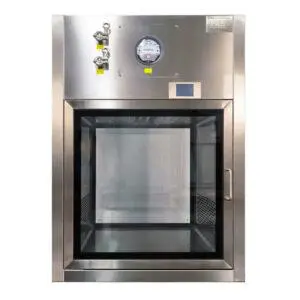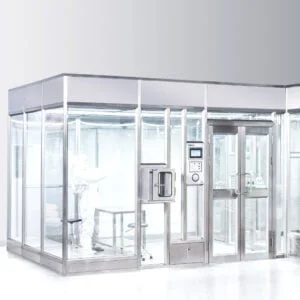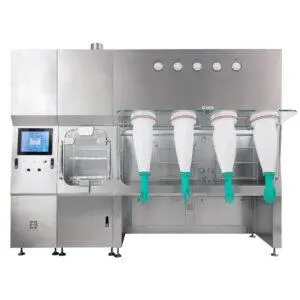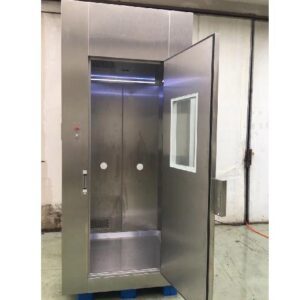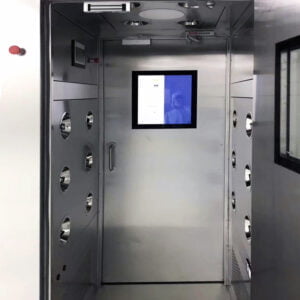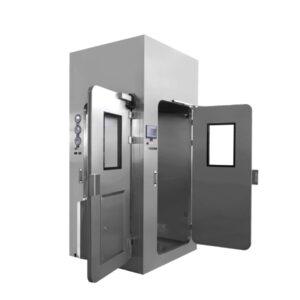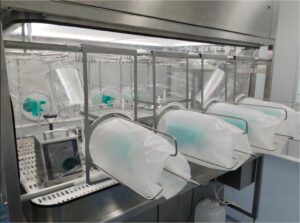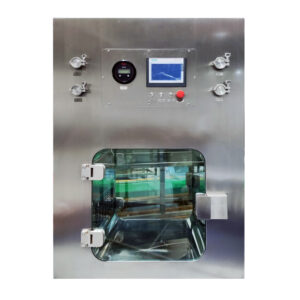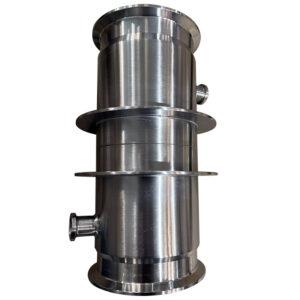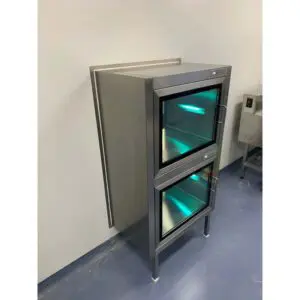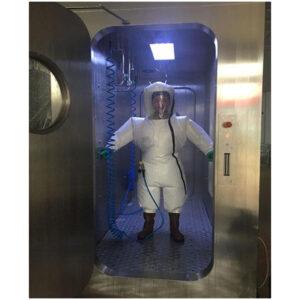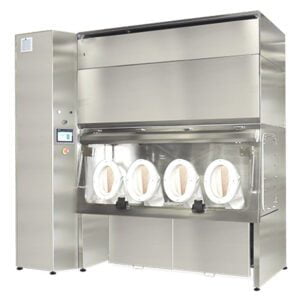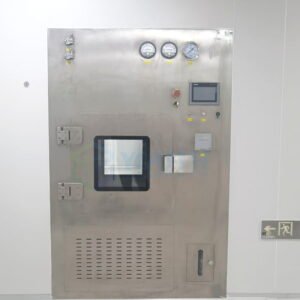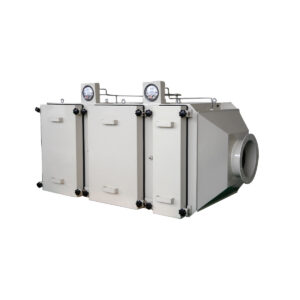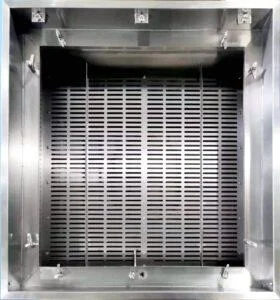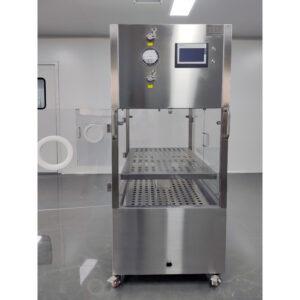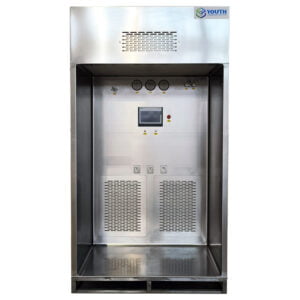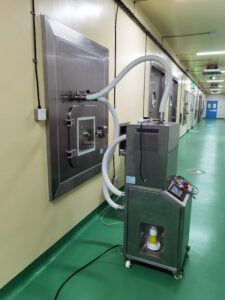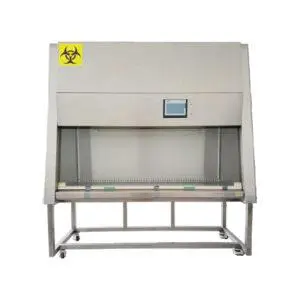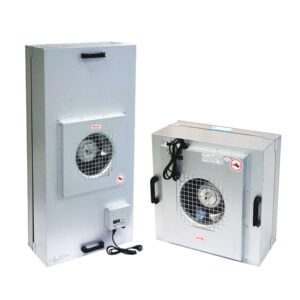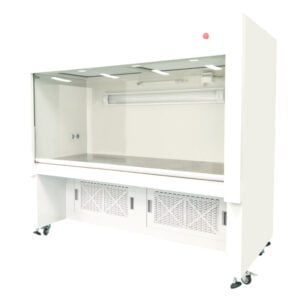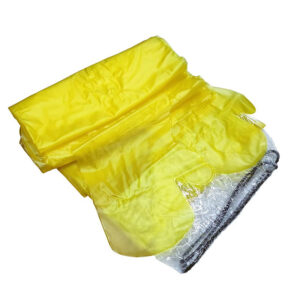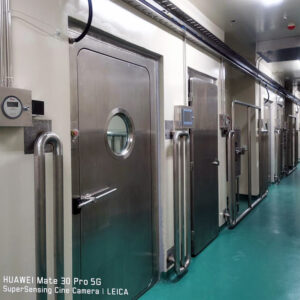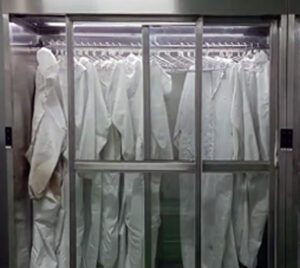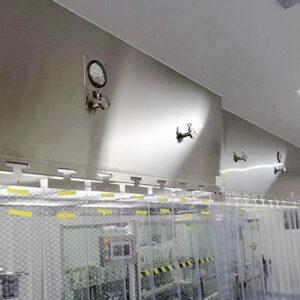In the dynamic world of medical and pharmaceutical manufacturing, maintaining a high level of contamination control is essential. Two prominent technologies used to achieve this are the Restricted Access Barrier System (RABS) and barrier isolators. Each technology offers distinct advantages that cater to specific needs in cleanroom environments. As a leading provider of cleanroom and biosafety equipment, YOUTH offers advanced solutions to help maintain optimal contamination control.
Understanding RABS
Restricted Access Barrier Systems (RABS) are designed to create a physical barrier between the cleanroom environment and the external environment. This barrier significantly reduces the risk of contamination during critical manufacturing processes. Key components of RABS include glass or acrylic panels, HEPA filters, glove ports, and interlock doors.
Understanding Barrier Isolators
Barrier Isolators go a step further in contamination control by creating a completely sealed environment. This isolation ensures that no external particulates can enter the critical processing area, providing the highest level of sterility. Key components of barrier isolators include advanced air filtration systems, pressure control (positive or negative), and integrated systems for automated decontamination.
Main Advantage of Using RABS
Enhanced Operational Flexibility:
- One of the main advantages of using RABS is the flexibility it offers in terms of operator interaction. RABS systems allow operators to handle products and equipment within the clean environment without breaching the sterile barrier. This is achieved through glove ports, which enable safe manipulation of materials.
- The physical barriers and HEPA filters work together to maintain a contamination-free environment. RABS systems are also easier to install and cost-effective compared to barrier isolators, making them an attractive option for facilities looking to upgrade their contamination control systems without significant financial investment.
Explore YOUTH’s RABS solutions for enhanced contamination control.
Main Advantage of Using Barrier Isolators
Superior Contamination Control:
- The primary advantage of barrier isolators is the superior level of contamination control they provide. By creating a completely sealed environment, barrier isolators ensure that no external contaminants can compromise the critical processing area. This makes them ideal for highly sensitive processes that require the utmost sterility.
- Barrier isolators are equipped with advanced air filtration systems and pressure control mechanisms, ensuring that the internal environment remains contamination-free. These isolators are often used in processes such as aseptic filling, sterility testing, and handling hazardous materials.
Discover the advanced features of YOUTH’s Sterility Test Isolators for unmatched sterility.
Complementary Products by YOUTH
At YOUTH, we are dedicated to providing the highest quality cleanroom and biosafety equipment to meet the diverse needs of our clients. Our product portfolio includes a range of essential cleanroom solutions such as:
- FFU
- Frog Showers
- Sterile Liquid Transfer Port
- Gel Seal HEPA Filter
- Modular Cleanrooms
- Cleanroom Dunk Tank
Conclusion
Choosing between RABS and Barrier Isolators depends on the specific needs of your manufacturing process. RABS offer enhanced operational flexibility, making them suitable for processes that require frequent operator interaction. On the other hand, barrier isolators provide superior contamination control, ensuring the highest level of sterility for sensitive processes.
At YOUTH, we are committed to advancing the standards of cleanroom technology through innovation and quality. Our advanced RABS and barrier isolator solutions ensure the highest levels of contamination control and operational efficiency, tailored to meet the stringent requirements of the medical and pharmaceutical manufacturing industries.
For more information about how YOUTH’s cleanroom technologies can benefit your operations, visit YOUTH Filter. Optimize your cleanroom environments with our state-of-the-art RABS and barrier isolator systems, ensuring the highest standards of safety and efficiency in your industry.
Related Contents:
- C-RABS & O-RABS: Why & How?
- Bag-In/Bag-Out (BIBO) Systems: Operation and Maintenance Guide
- What is the Difference Between Active and Passive RABS Systems?
- What is the Difference Between Barrier and Isolator?
- The Ins and Outs of Isolation & RABS: A Guide to Selecting the Right Choice
- RABS vs. Isolator – Choosing the Right Isolation Technology for Your Project
- Aseptic Processing: Isolators or RABS?
- What is the Difference Between RABS and Isolator?
- What Does RABS Stand for in Pharma?


